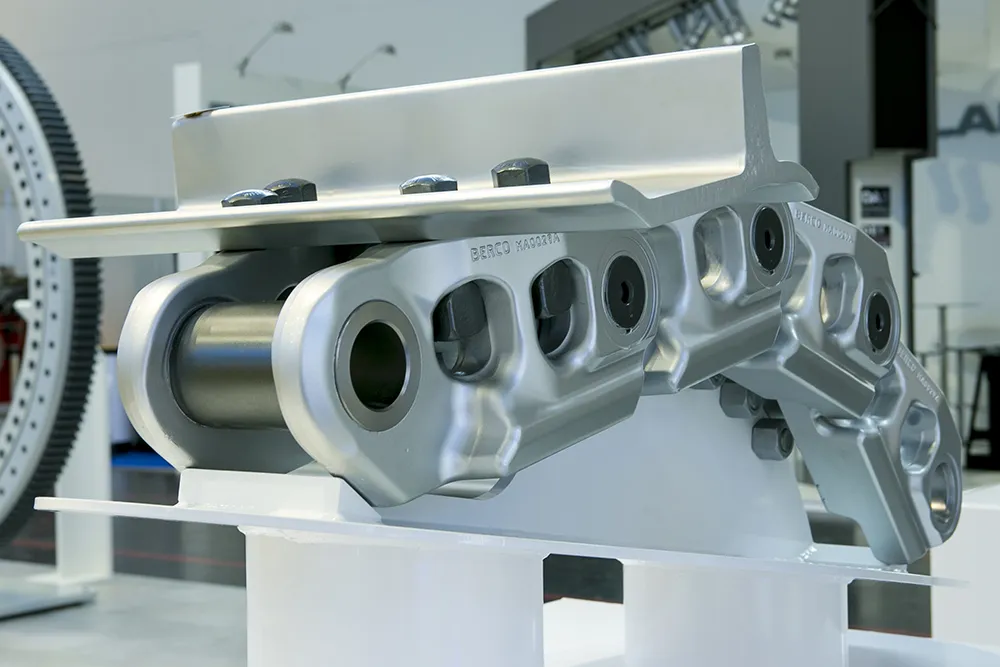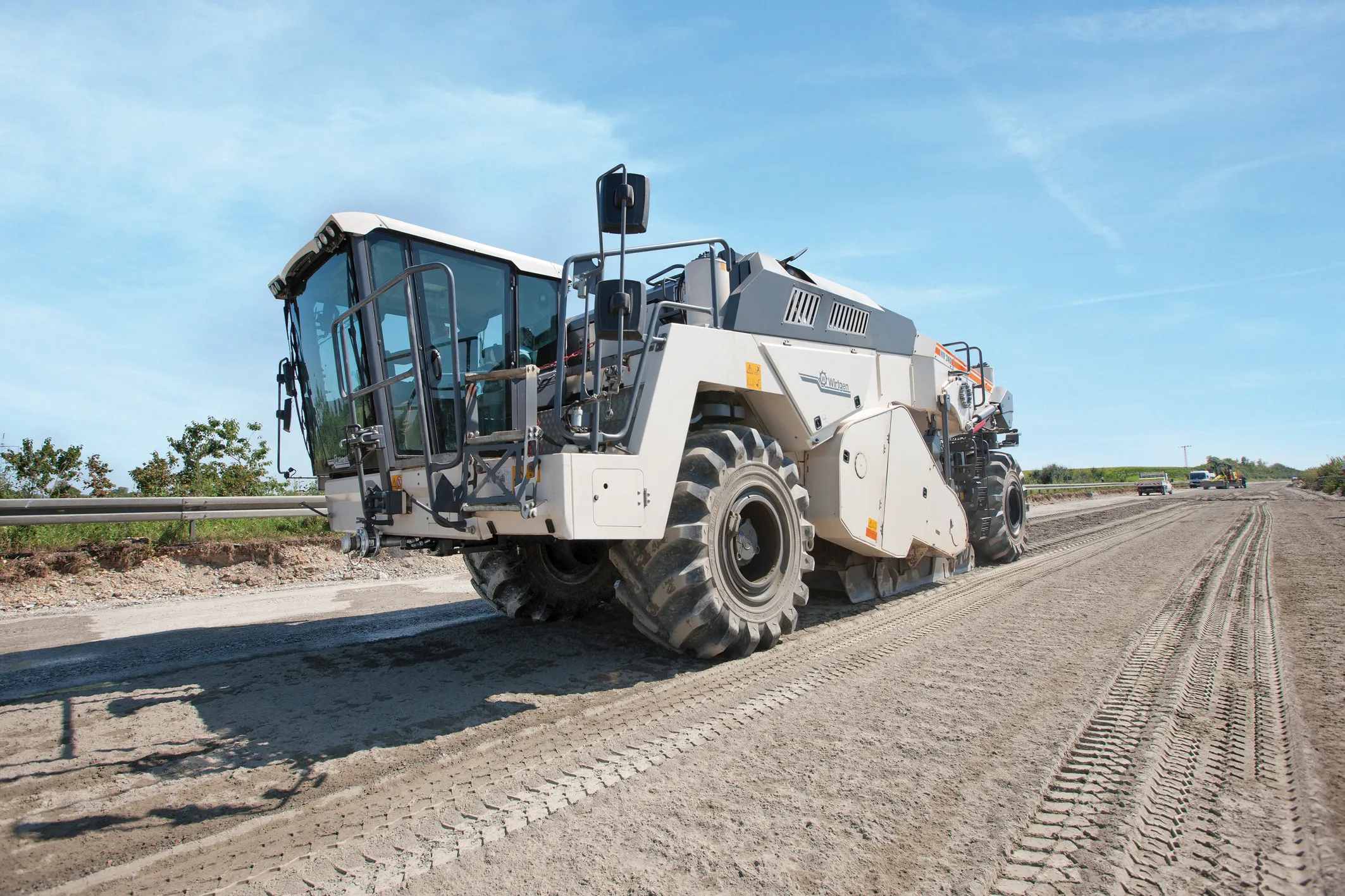
Road paving projects can have first class surface protection with
The DuraLine Plus pads are made of abrasion resistant Malaysian rubber suitable for a wide range of machines, said Martyn Pointer, Astrak’s group sales director.
Independent test results show that the pads offer more than 25% more durability compared to standard quality rubber pads.
The chunky one-pied vulcanised Roadliner version of the pad bolts directly onto the steel track train of machines in the 4tonne to 26tonne range. The pad has an internal steel core specially treated during vulcanisation to ensure a secure bond between rubber and steel.
The Astrak system also features an interlocking pad design to reduce the build-up and clogging of material during operation. Widths range from 400mm to 600mm.
Roadliner pads are secured via four fixed bolts onto the centre of the track chain. Meanwhile, the Clip-on version allows a faster attaching process - up to half the time - as well as offering a longer life.
The Clip-on pads have a fixed bracket on one side and a secure clamp on the other. Widths range from 400mm to 800mm.
Astrak’s Bolt-on version is similar to the Clip-on version. It has four bolts but set wider apart than on the Roadliner version to allow it to fit onto the track shoe instead of the chain. They come in widths between 400mm to 600mm.








